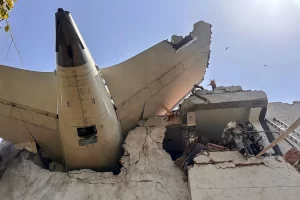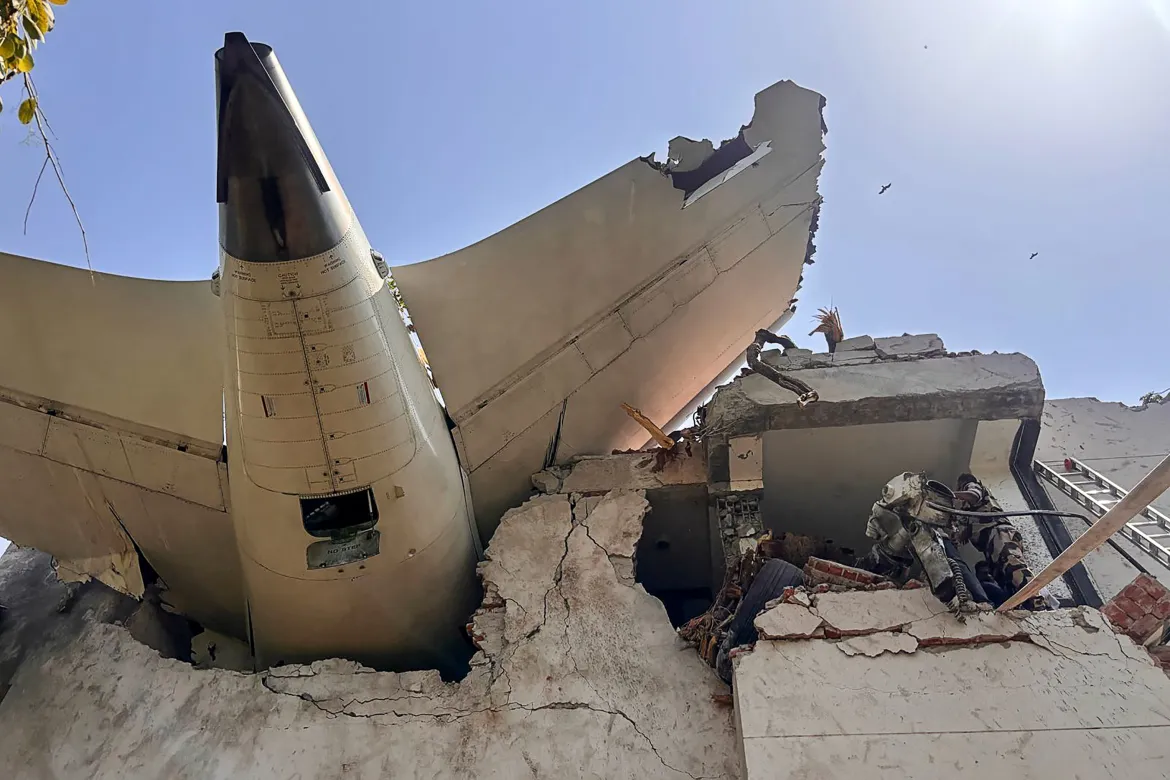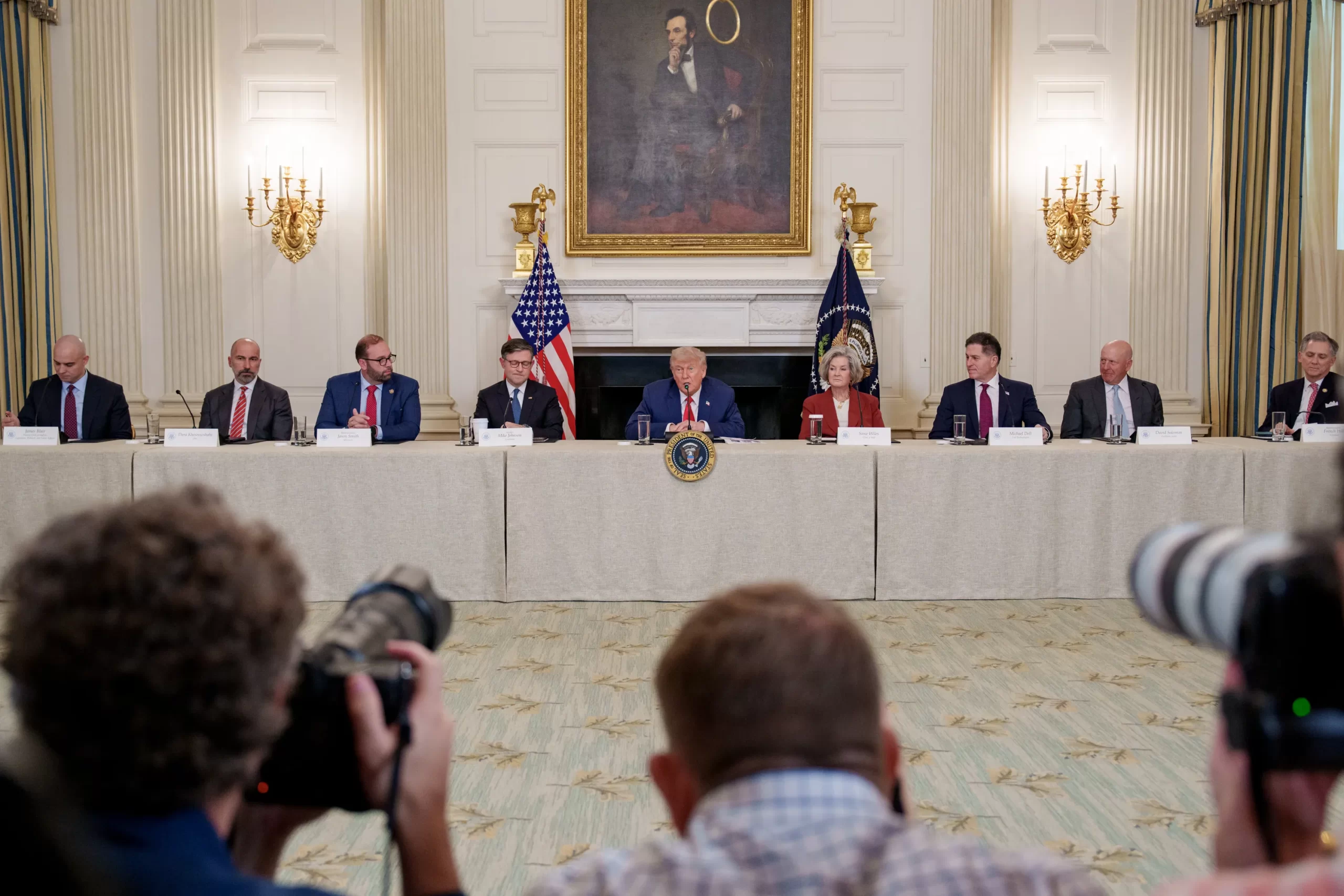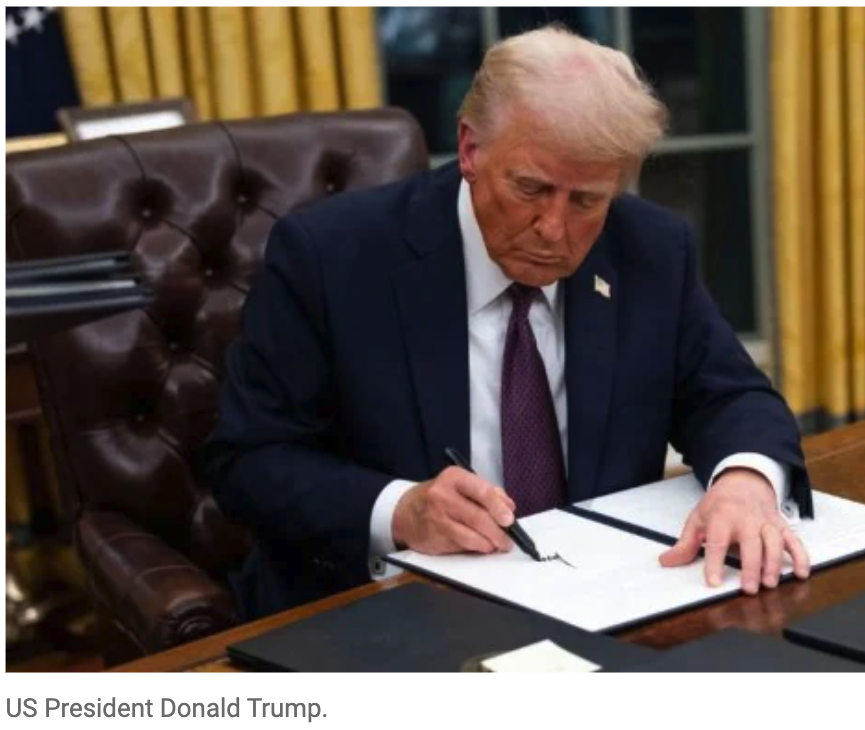NEW DELHI, May 27, 2025 — On the evening of May 8, air-defense systems in the northern Indian city of Jammu illuminated the night sky with red flares, targeting drones originating from Pakistan. This marked a significant escalation in the use of unmanned aerial vehicles (UAVs) between the two nations, which have a history of military confrontations involving fighter jets, missiles, and artillery.
The four-day conflict in May was the first instance of India and Pakistan deploying drones at scale against each other, according to interviews with 15 security officials, industry executives, and analysts from both countries. A U.S.-brokered ceasefire halted the skirmishes, but the nuclear-armed neighbors, with a combined defense spending of over $96 billion last year, appear to be entering a new phase of competition focused on drone technology.
Drone Warfare: A Strategic Shift
Analysts suggest that drones offer a way to conduct precise military operations without risking personnel or triggering large-scale escalation. “UAVs allow leaders to demonstrate resolve and achieve visible effects while minimizing exposure of expensive aircraft or pilots,” said Walter Ladwig III, a political scientist at King’s College London. However, he cautioned that drone strikes in contested or populated areas could still carry risks of escalation.
The recent clashes followed a militant attack on April 22 in the disputed Kashmir region, which killed 26 people, mostly Indian tourists. India attributed the attack to groups supported by Pakistan, a claim Islamabad denied. In response, India launched airstrikes on May 7 targeting what it described as “terrorist infrastructure” in Pakistan. The following night, Pakistan deployed 300 to 400 drones across a 1,700-kilometer front to test Indian air defenses, according to Indian officials.
Drone Deployments and Countermeasures
Pakistan utilized Turkish-origin YIHA-III and Asisguard Songar drones, alongside domestically-produced Shahpar-II UAVs, according to Pakistani sources. India countered with Cold War-era anti-aircraft guns, modernized with radar and communication systems from Bharat Electronics, which proved unexpectedly effective against drones, said retired Indian Brigadier Anshuman Narang, now a UAV expert at Delhi’s Centre for Joint Warfare Studies. India also deployed Israeli HAROP, Polish WARMATE, and locally-made drones for surveillance and precision strikes, sources from both countries confirmed.
Pakistan employed decoy radars and tactical maneuvers to neutralize some of India’s HAROP drones, which are designed to loiter and detonate on impact, according to a Pakistani source. Both nations reported successes in their drone operations, with India claiming effective strikes on Pakistani infrastructure and Pakistan asserting it targeted Indian defense facilities with minimal international backlash.
Accelerating Drone Development
Both countries are now intensifying their drone programs. India has allocated approximately $4.6 billion for emergency military procurement, with a portion earmarked for combat and surveillance drones, according to two Indian officials. Smit Shah of Drone Federation India estimated that India could invest up to $470 million in UAVs over the next 12 to 24 months, a significant increase from previous levels. Indian drone manufacturers, such as ideaForge Technology, report an accelerated pace of trials and demonstrations, driven by urgent defense needs.
Pakistan, constrained by a smaller fleet of high-end aircraft compared to India’s, is focusing on expanding its drone capabilities to reduce reliance on manned jets, said a Pakistani source. The country is deepening ties with China and Turkey, particularly through a collaboration between Pakistan’s National Aerospace Science and Technology Park and Turkish firm Baykar, which assembles the YIHA-III drone locally.
Challenges and Vulnerabilities
Despite their advantages, drones remain vulnerable to electronic warfare and supply chain disruptions. Indian drone manufacturers, including ideaForge, are working to enhance resilience against electronic countermeasures. However, India’s reliance on Chinese-made components, such as magnets and lithium for UAV batteries, poses a strategic challenge, according to four Indian industry sources. “Weaponization of the supply chain is a concern,” said Vishal Saxena of ideaForge, referencing potential restrictions similar to those impacting Ukraine’s drone production.
Pakistan faces its own challenges, including limited resources compared to India’s larger defense budget. Both nations are investing in domestic drone development to reduce external dependencies, with India focusing on loitering munitions and Pakistan leveraging international partnerships.
Looking Ahead
The growing use of drones reflects a shift toward cost-effective, high-impact warfare, said Michael Kugelman, a South Asia expert based in Washington. “UAVs don’t have the shock and awe of missiles or jets, but they convey power and purpose,” he noted. However, the reliance on drones introduces new complexities, including the need for diversified supply chains and robust countermeasures.
Neither India’s defense ministry, Pakistan’s military, nor Baykar responded to requests for comment.













